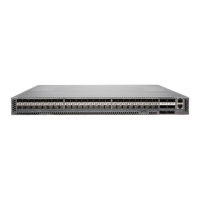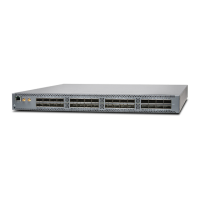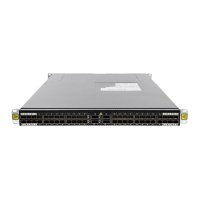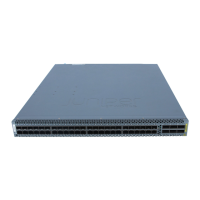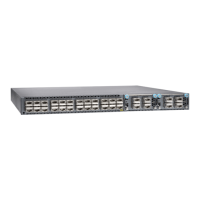Table 86: Alarm Terms and Definitions (continued)
DefinitionTerm
Alarms include the following types:
•
Chassis alarm—Predefined alarm triggered by a physical condition on the device such as a power supply
failure or excessive component temperature.
•
Interface alarm—Alarm you configure to alert you when an interface link is down. Applies to ethernet,
fibre-channel, and management-ethernet interfaces. You can configure a red (major) or yellow (minor)
alarm for the link-down condition, or have the condition ignored.
•
System alarm—Predefined alarm triggered by a missing rescue configuration or failure to install a license
for a licensed software feature.
Alarm types
Related
Documentation
Chassis Alarm Messages on a QFX3008-I Interconnect Device on page 438•
• Chassis Alarm Messages on a QFX3500 Device on page 442
• Interface Alarm Messages on page 445
Chassis Alarm Messages on a QFX3008-I Interconnect Device
Chassis alarms indicate a failure on the device or one of its components. Chassis alarms
are preset and cannot be modified.
Thechassis alarm message count is displayed on the LCD panel on the frontof the device.
To view the chassis alarm message text remotely, use the show chassis lcd CLI command.
Chassis alarms on a QFX3008-I Interconnect device have two severity levels:
•
Major (red)—Indicates a critical situation on the device that has resulted from one of
the conditions described in Table 87 on page 439. A red alarm condition requires
immediate action.
•
Minor (yellow or amber)—Indicates a noncritical condition on the device that, if left
unchecked, might cause an interruption in service or degradation in performance. A
yellow alarm condition requires monitoring or maintenance.
Table 87 on page 439 describes the chassis alarm messages on a QFX3008-I Interconnect
device.
Copyright © 2012, Juniper Networks, Inc.438
QFX3000 Hardware Documentation
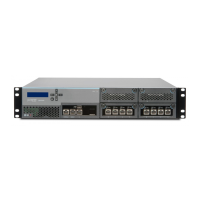
